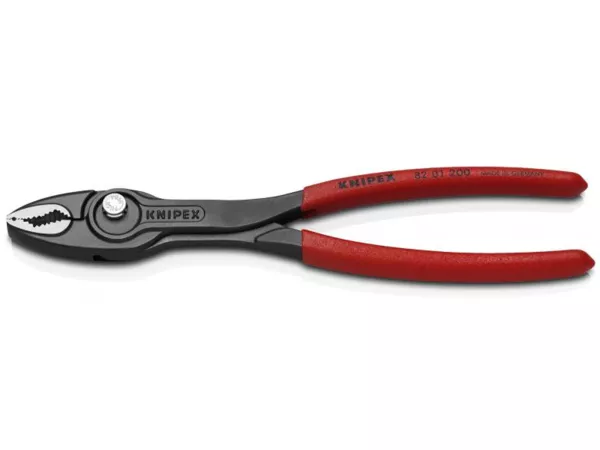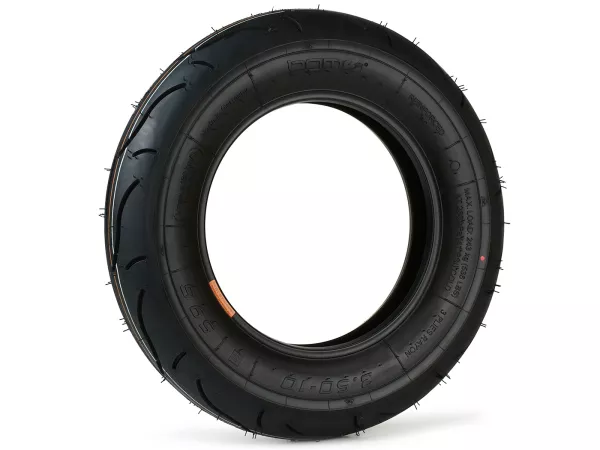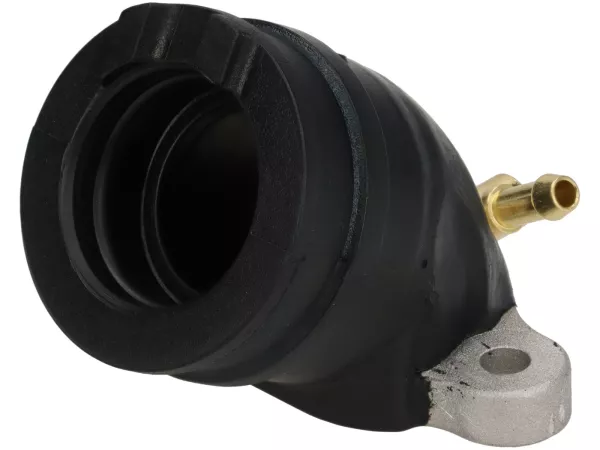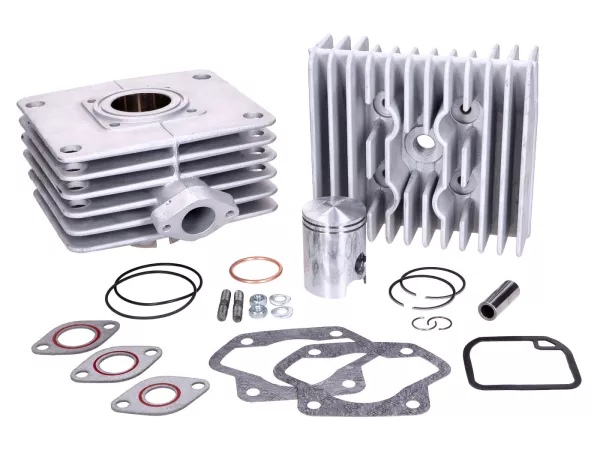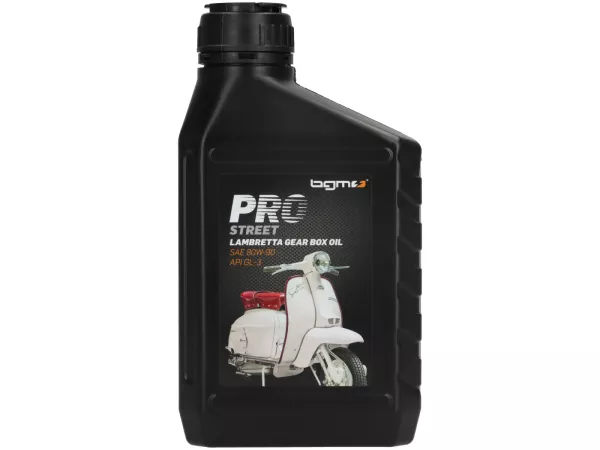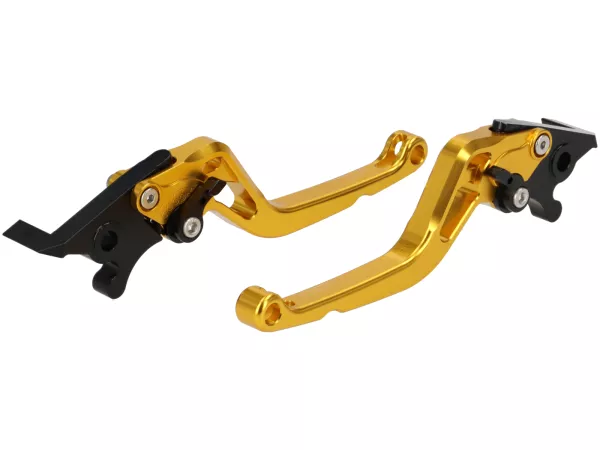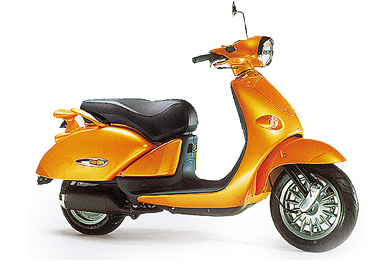Introduction
Aprilia Habana/Mojito 50 Retro (1999–2003, ZD4PK)
The Aprilia Habana 50 Retro – also known as the Mojito 50 Retro in some markets – is a classically styled 50cc scooter from the Italian manufacturer Aprilia, produced between 1999 and 2003. It belongs to the small-displacement scooter category and was designed primarily for urban use, standing out with its elegant retro aesthetics.
With its upright handlebars, gently flowing lines, and numerous stylistic elements reminiscent of classic scooters, the Habana/Mojito 50 Retro was aimed at riders who valued design and elegance as much as functionality.
Model History
The Retro version was introduced alongside the Custom variant, offering an alternative for those preferring an upright riding position and a more restrained design. While the Custom featured cruiser-inspired elements like low handlebars and bold chrome, the Retro emphasized classic elegance and clean styling.
With the launch of the Habana/Mojito line in the late 1990s, Aprilia aimed to strengthen its presence in the lifestyle-oriented scooter segment. The Retro version gained popularity, particularly in markets with licensing options for 50cc scooters for young riders.
Technical Details
The Aprilia Habana/Mojito 50 Retro is powered by an air-cooled single-cylinder two-stroke engine with 49 cc displacement, producing between 2.5 and 4.5 hp depending on the version. The proven Minarelli engine is carbureted and paired with a continuously variable automatic transmission (CVT). Its simple handling and robust design made it ideal for beginners.
Top speed is around 45 km/h (restricted) or up to 70 km/h (derestricted). The chassis is a torsion-resistant steel tube frame. Suspension includes a hydraulic telescopic fork at the front and a mono-shock swingarm at the rear. Braking is via a 190 mm front disc and a rear drum brake. Dry weight is approximately 90 kg and the fuel tank holds around 7 liters.
Color Options and Accessories
The Habana/Mojito 50 Retro was available in several stylish color options, including cream white, pastel blue, black, and ruby red. These color choices emphasized the model’s timeless appeal and were aimed at riders with an eye for classic design.
No official special editions are documented, but the Retro variant differed clearly from the Custom version in its design: upright handlebars, more enclosed front, and less chrome. Optional accessories included a windshield, luggage rack, top case, and custom seats – many of which were available from Aprilia or as official aftermarket parts.

 DE | €
DE | €